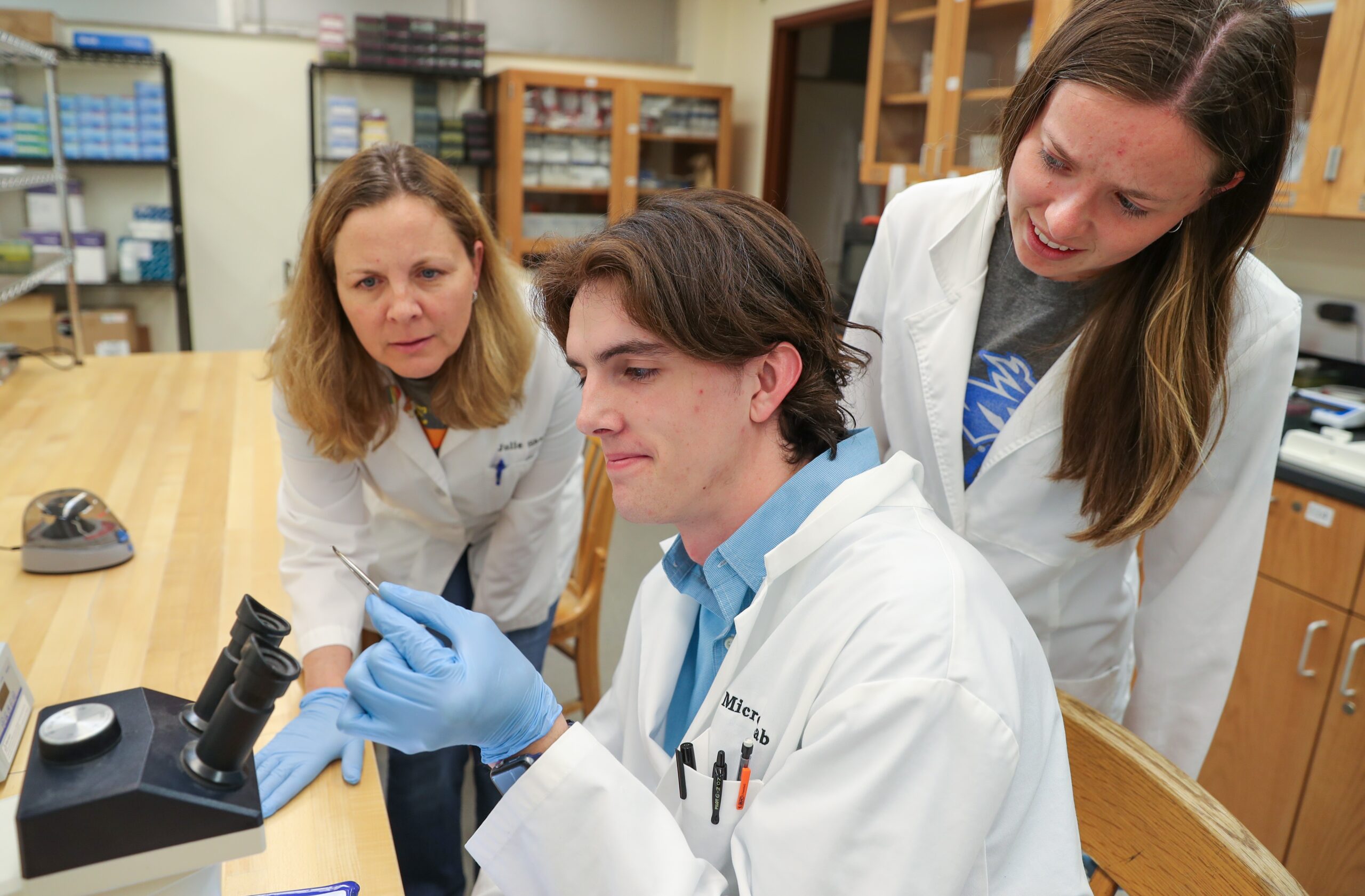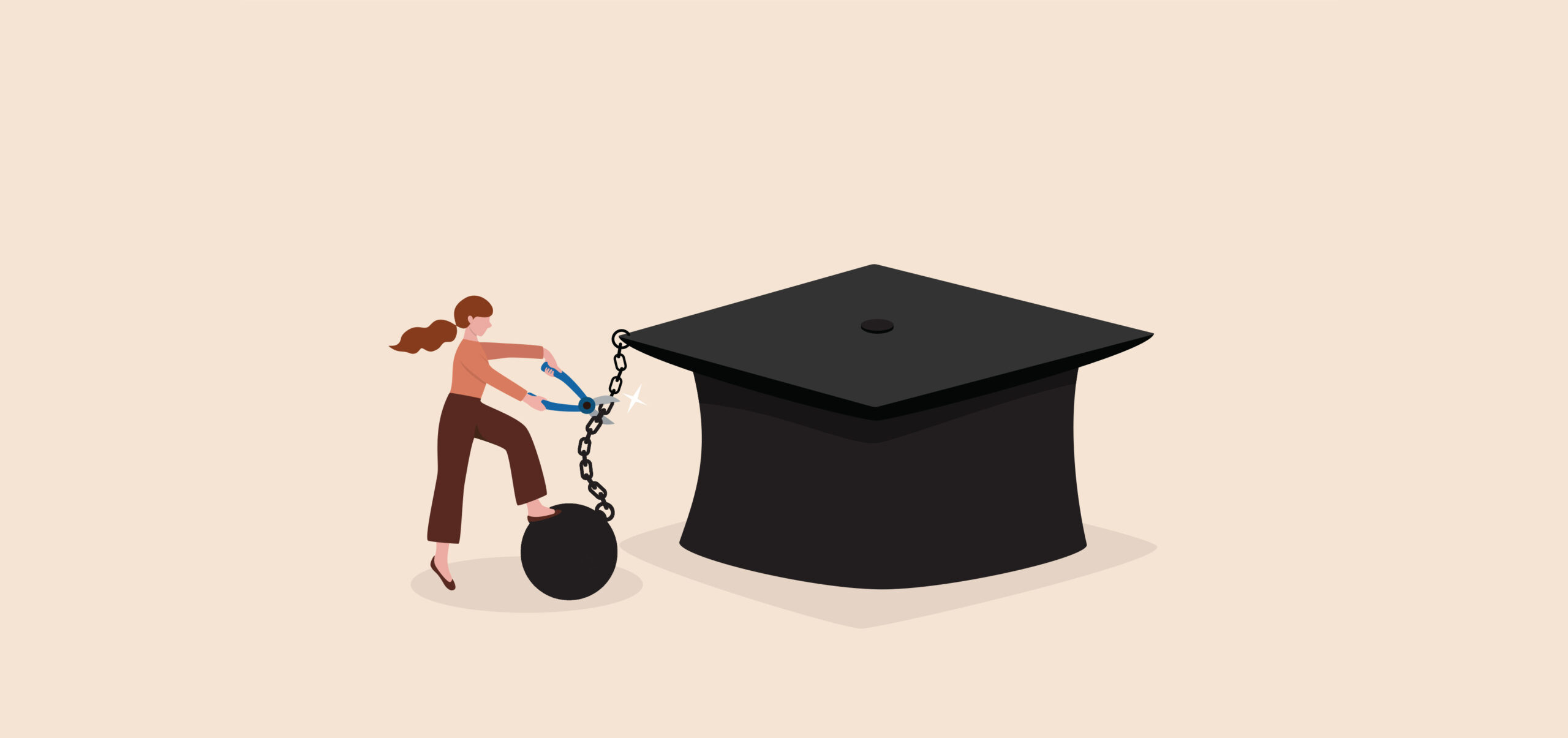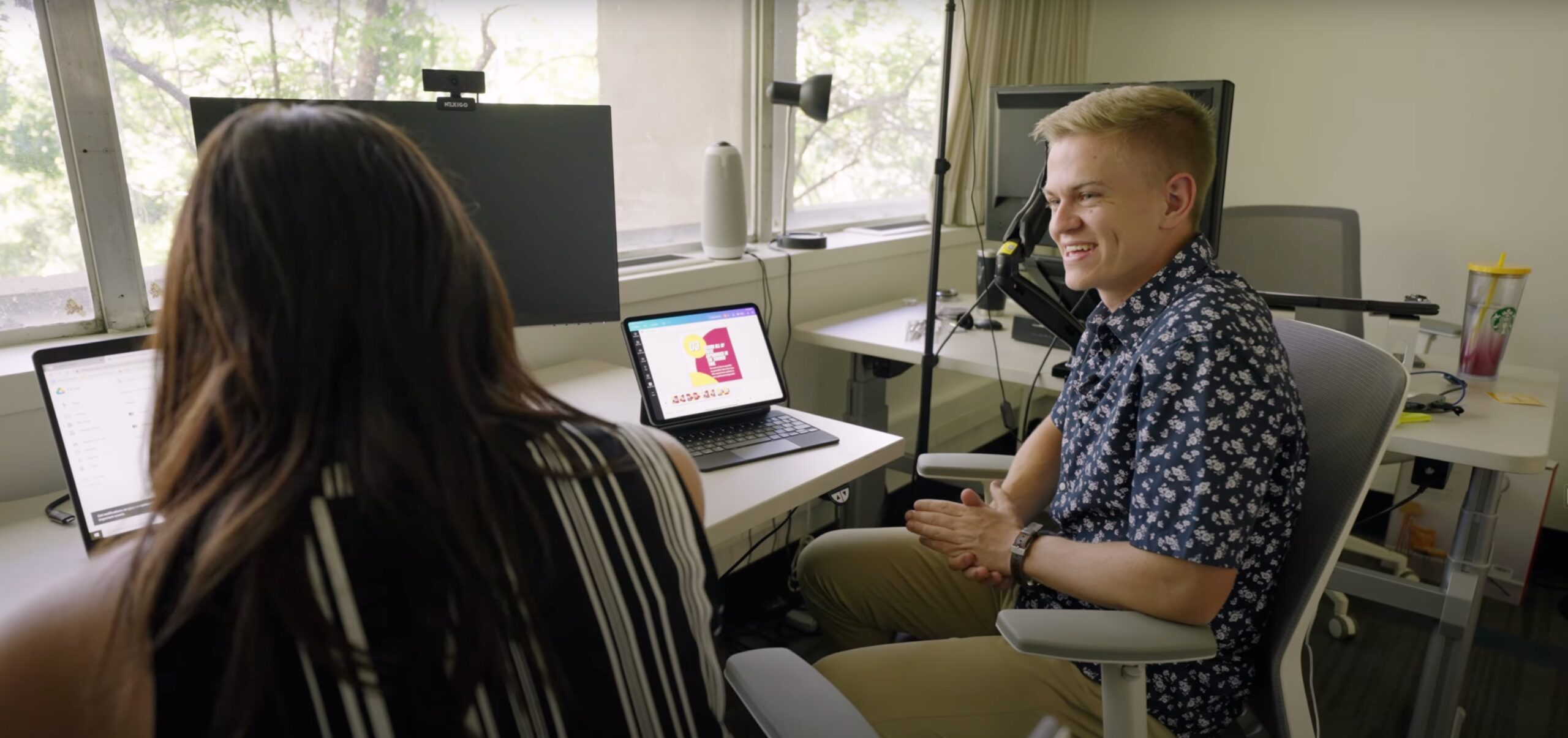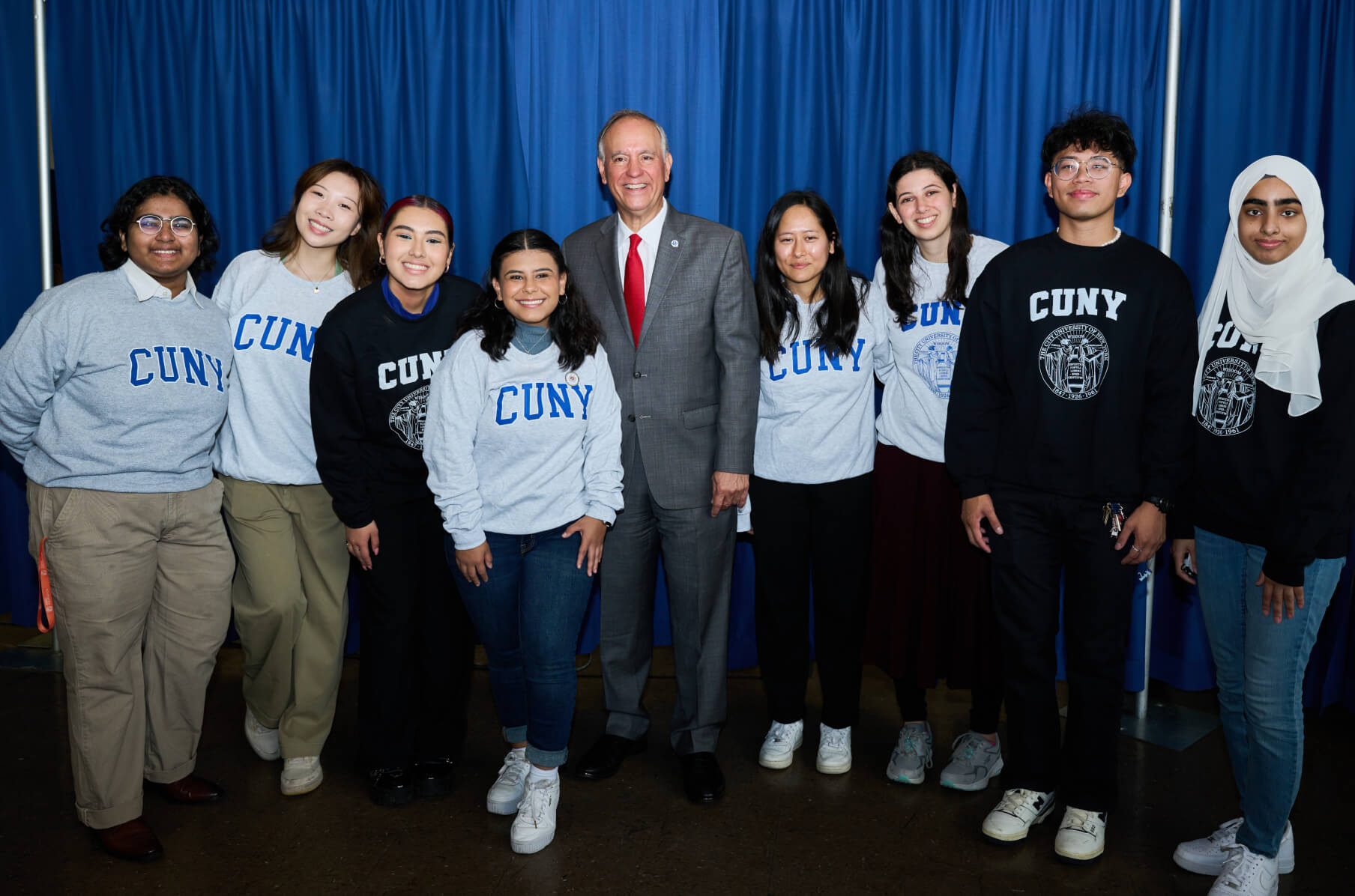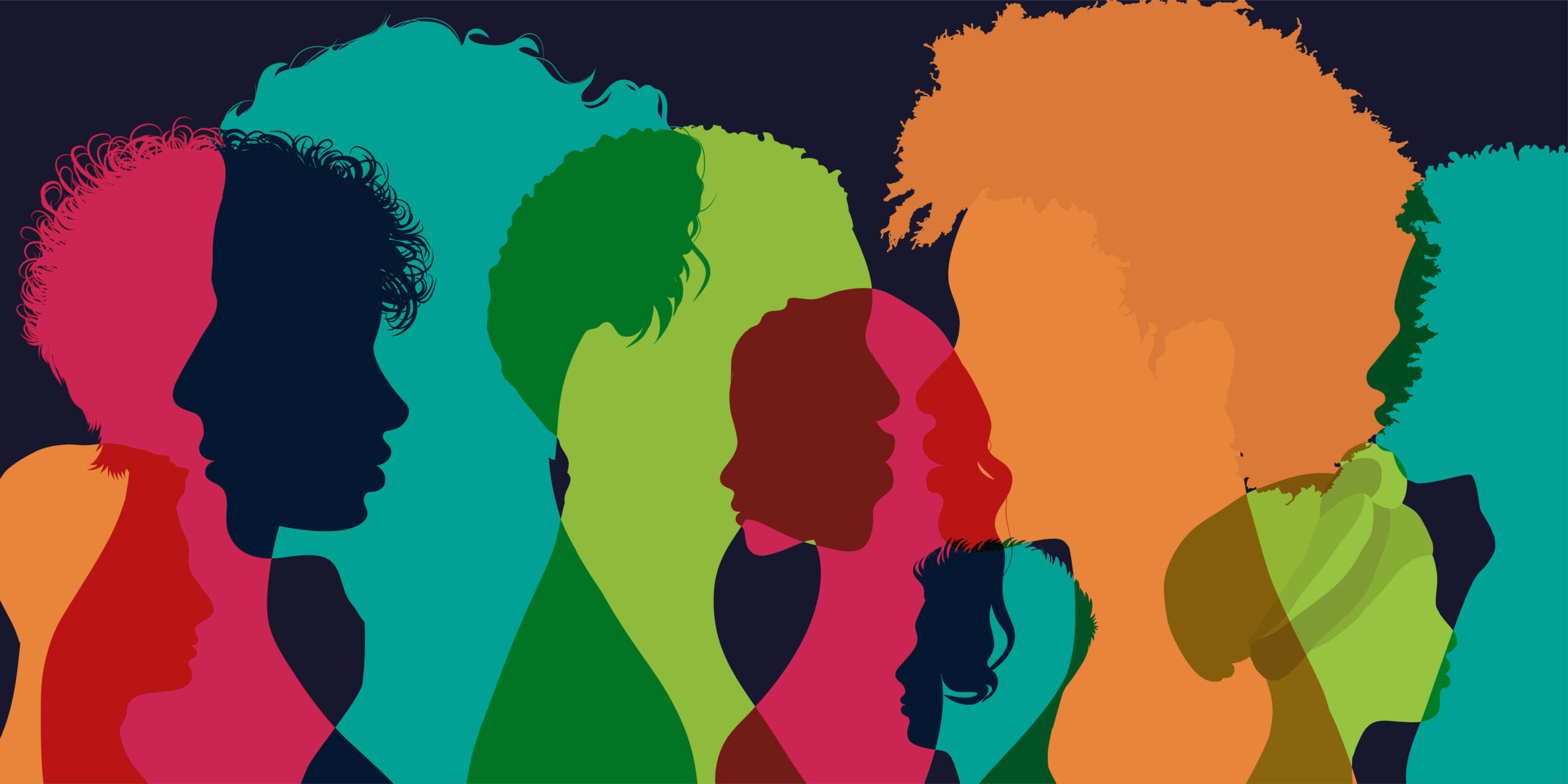D’Aubre’ Lewis has always been a good student. That track record is a comfort for the sophomore at North Carolina Agricultural and Technical (A&T) State University when the financial road to becoming a therapist feels overwhelming. On top of her federal loans, she needs to come up with $8,000 of tuition each semester, mostly from summer earnings back home in Baltimore. She can’t work too much during the school year because she needs to keep a 3.5 GPA for her scholarship, and attending part-time isn’t an option her scholarship allows. Her loans will total about $20,000 when she graduates, and then grow with whatever she’ll need to borrow for graduate school.
“It’s a lot of pressure,” she concedes. “I’ll be the first one on my mom’s side to finish college.” Her mother contributes what she can, but also supports several of D’Aubre’s older siblings wholeft school before finishing their degrees. D’Aubre’ is all too aware that if she doesn’t keep juggling the plates just right, she won’t be able to graduate, and will still be responsible for the loans.
“I’ll be in debt my whole life,” she says with flat pragmatism. “I just want to get the degree.”
Getting the degree has never been so expensive for so many people. Student loan debt in the US has swelled to nearly $1.8 trillion owed by 44 million people. An estimated 55% of all undergraduates finish school carrying debt. And this doesn’t include the number of people who, like D’Aubre’s siblings, didn’t finish—and are still responsible for payments, but with their earning potential unenhanced by a degree.
Student loans are the second-largest type of consumer-generated debt, just behind mortgages, and account for 9.5% of the consumer debt in the US. But unlike mortgages, they have the stultifying effect of suppressing the progress to adulthood, as student borrowers put off milestones like home ownership andmarriage until they feel more secure.
“The reality of what over-leveraged looks like depends entirely upon who holds the loans, and what other life circumstances they’re juggling that make monthly payments difficult.”
The burden of student loan debt has become a growing part of the national conversation about not just loan forgiveness, but the value of a college degree. While the high cost of education continues to rise—169% in the last four decades—earnings for new graduates in the workforce have not, with wages for 22-27 year olds increasing by just 19% in that time.
“The math doesn’t add up. The business model is unsustainable,” says Kevin Fudge, a higher education finance executive with 20 years experience as a consultant to schools and families. “People overleverage themselves, and end up hurt by taking on more than they can chew.”
The reality of what overleveraged looks like depends entirely upon who holds the loans, and what other life circumstances they’re juggling that make monthly payments difficult.
“We think of the ability to pay off student debt as only having to do with student debt,” wrote Mark Huelsman, author of The Debt Divide research paper published in 2015 by Demos, an organization for democratic and economic solutions rooted in racial equity. “[But] we know the ability to pay off your loans has everything to do with wages and the ability to gain secure employment, it has everything to do with housing affordability, it has everything to do with child-care costs.”
In short, borrowers are increasingly stymied by the life challenges they hoped would be made easier by getting a degree.In this way, student loan debt is becoming the long covid of higher education.
The unequal demographics of debt
Looking at data like gender and race, it becomes apparent that not all debt burdens are created equal. Women carry a disproportionate amount of the nation’s overall student debt (66%), are more likely than men to take out loans (41% of female undergraduates, compared to 35% of male), and have parents that are less likely to save for their education (39%, compared to 50%). And since women earn 82 cents on the dollar compared to their male counterparts (60 cents for Black women, 55 cents for Latinas), it takes longer to pay off the loans. The increased time to repay also means that women pay more interest over the life of their loans. Perhaps unsurprisingly,women report higher levels of stress and lower quality of living while they do.
Black graduates have an average of $52,000 in student loan debt—$25,000 more than white college graduates, according to the National Center for Education Statistics. Black students made up around 14% of all students entering college but constitute more than 27% of those with $50,000 in debt, and nearly 22% of those with over $100,000. Four years after graduation, 48% of Black students owe an average of 12.5% more than they borrowed.
“In addition, Black Americans are more likely to have a disproportionate amount of parent loan debt,” said Fudge,“given the historically Black colleges’ over-reliance on students who are propped up by parents with PLUS loans.”
And the parental loans create a multi-generational debt pressure for the sandwich generation. Fudge recalls one woman he’d mentored who took out loans to go to Spellman College. To make up the gap between what she had and what she needed, her parents took out loans, too, as did her grandparents and her aunt. And then she didn’t finish, plunging three generations into debt for a degree that never materialized. The pain points are at risk of increasing from there, as students who leave college without completing are more than twice as likely as graduates to default on their loans.
The temptation is strong for a family to go all in on a relative’s acceptance to college, which is why many end up with a double-decker club debt sandwich. A school will offer aid packages, and present sums that should represent the so-called family contribution, supposedly based upon what the family can afford. But Fudge advises families not to let the college define what’s affordable—and not be tempted to give up their assets.
“On paper, if you own a home, they treat the home like an ATM to pull money out of,” he said. “That decision, that investment, impacts everyone, not just the individual child.”
When parents sacrifice everything for their kids to go to college, he says, it may feel like a Hallmark movie, but the reality is it’s a decision with serious repercussions; there are options and avenues available to young people, who have time on their side. There is little in the way of aid and safety nets for older people who don’t have any assets for retirement.
Risky return on investment (ROI)
Undergraduates carrying debt can’t help being affected by the questions and doubts swirling around their choices. Is going to college going to be worth it? Is this degree going to be able to land me a good job? Do I have to compromise what I love to do for something more lucrative? Can I justify majoring in the humanities?
“Today, the reality of student loans definitely informs the choice of majors,” says Beth Throne, senior associate dean of Student Affairs at Franklin & Marshall College. “Students are 100% mindful of fiscal choices, and if anyone isn’t, it’s because they have the economic luxury of choice to approach it differently.”
Throne is seeing the confluence of several financial factors shaping students’ choices of careers: Pressures among first-generation students to show their degree’s ROI to their parents; students increasingly committing to jobs before graduation to have a “bird in the hand”; and seniors’ reluctance to bind themselves to further debt of graduate school, unless they have access to resources and don’t require aid.
She believes it’s the job of the school to equip students with the best information to back up choosing the course of study, and career, they love. “If we’re doing our job in liberal arts, we’re showing them how to apply value to their chosen field, to do what they love and find ways to make it monetarily rewarding.”
Last year Throne worked with a student who was a double major in business and creative writing. The young woman had no passion for business, but as a first-generation college student, was struggling to justify writing.
“She wasn’t fulfilled in business and was sort of looking for permission to drop it as a major. We helped her secure a very prestigious internship at a literary agency, setting herself up well for the business applications of literature,” says Throne. “She was thrilled, and so were her parents—who of course wanted her to do what she loved, but also to be able to support herself doing it.”
Life, delayed
How much does student loan debt affect the way young adults progress toward their life goals? A lot, as it turns out.
A CNBC/Momentive poll in 2022 found that 81% of people with student loans say they’ve had to delay one or more key life milestones because of their debt. In the breakdown of data, 42% said they’d delayed paying off other loans, 38% didn’t save for retirement, 33% put off buying a home, 16% held back on starting a family, and 12% avoided pursuing a different job.
Student loan debt was designed to make the impossible possible. Instead, it now prevents people from making decisions about their life, according to Nicole Smith, chief economist at the Georgetown University Center on Education and the Workforce. “Student loan debt was supposed to be good debt—the type that you take out so that you can invest in your human capital formation so that you can live your life afterward,” Smith said,“and it’s morphed into something much more insidious.”
Looking at debt through the lens of age, most of the total national debt belongs to the 25- to 34-year-old age group. But on average, 35- to 49-year-olds owe the most money as individuals, with 50- to 61-year-olds not far behind. When the Biden administration found ways to cancel certain demographics of federal debt, one person who benefitted from the slate-wiping was Chuck Ertel-Hoy, a 72-year-old retired professor in Indiana, who still owed $41,000 after paying his loans consistently whileteaching. “I didn’t know how I was going to keep paying this in retirement,” he said. “This changes everything.”
On the early end of debt chronology are current students like Emma Lamoreaux, a senior at Temple University. An in-state resident from Hershey, PA, Emma chose the least expensive of her acceptances, and has worked throughout her four years to keep her loans as low as possible. But with plans to go to law school, future debt is “a pretty big looming thing” that weighs on her as heavily as getting accepted to the programs.
“When I was younger, my goals were to go to college, graduate, get a house, a job, a dog, have kids. And now I feel like I’m not really sure,” she says. “It feels like my student loans will put all of what I thought I wanted on hold indefinitely. I don’t really have a plan for much else of anything anymore beyond the loans. I’m kind of in a no-man’s-land.”
The degree to which debt causes excessive stress and impedes personal growth creates a disturbing paradox for colleges and universities who view higher education as leading to a life of flourishing. “Colleges and universities seek to empower their students so that they will thrive post-graduation based on the experiences they have had,” said John Volin, executive vice president for Academic Affairs and provost at the University of Maine. “However, financial wellbeing is an important domain of overall wellbeing. And this is one of the reasons why we must tackle college affordability.”
Aging into debt
The size of the debt, and the way it’s handled in the first 10 years, determines how it continues to affect later stages of life. K, a 33-year-old financial executive, still carries a loan balance of about $20,000, and her husband has $40,000. They are homeowners with a two-year-old daughter, and would like to have another child. But they are already paying $1,700 a month in daycare.
“How can we even think about affording her future college? There’s very little we’re able to put aside, let alone start retirement savings,” she says. “It’s a different world than when our parents were doing this. The cost of living has gone up so much, but the wages haven’t caught up to it. None of my friends have pensions, and social security is going to be a much smaller part of our retirement. You plan ahead as much as possible, but you feel screwed no matter what choices you make.”
As the years pass for those whose debt is remaining and compounding, there are the concerns for their own college-aged children whose debt they can’t help shoulder. KK is a divorced mother with three college-aged children, but she can’t co-sign their loans because of the years she fell off-schedule with her own payments, in the early PhD years that she was juggling diapers and debt. Now a full-time associate professor of cultural anthropology, she is still more than $100,000 deep in her own outstanding debt.
“It’s a constant reality, always on my mind. I’ve tried to raise my children so this isn’t their reality. They have to have the work ethic and be able to do well but there’s not a lot of margin for error,” she says. One of her children is on full scholarship at an Ivy League school. Another was accepted to some schools last year, but without scholarships, has not been able to attend until he can navigate his own loans. “I wish I could help more. But also I kind of don’t. This is how you dig deep to figure out what you really want.”
B, a 44-year-old divorced mother of a college-aged daughter, left being a college professor a few years ago for a more lucrative position as a communications executive. Her PhD is tucked under her bed, both literally and metaphorically, and theslowly shrinking $40,000 debt molders there, too. A few years ago, a man she’d been dating broke off the relationship when he found out she was still carrying loans. “He saw it as a liability,” she says.
Daily bread
Students like Emma regard their loans as future burdens, an IOU taped to the horizon. But for some others, the future debt loadcoexists alongside imminent need. Without the security of school housing and meal plans, many students live hand-to-mouth alongside peers who don’t think twice about daily mochaccinos.
In Class, a recently released memoir, author Stephanie Land writes about cleaning homes to make ends meet while she attended the University of Montana as a single mother. The book is a sequel to her bestselling memoir, Maid, which became a critically acclaimed Netflix series about her escape from an abusive relationship with her toddler daughter. Land’s jackpot is acceptance into college in another state, through a combination of scholarships, financial aid, and student loans. But tuition doesn’t cover rent, health care, transportation, or childcare solutions while she attends class and cleans homes. Land relies on food stamps, and she’s often hungry.
Unfortunately, not being on a college meal plan—and not having money for food—isn’t entirely an anomaly. Today, food pantries are cropping up on more and more campuses across the country, including The Cherry Pantry at Temple University, the Aggie Cupboard at New Mexico State University, and the Ole Miss Food bank. More than 600 campuses have signed on as members of the national nonprofit Swipe Out Hunger, which has served more than two million meals and funded $200,000 in grants to alleviate food insecurity.
“Maybe my college education was an unnecessary luxury,” Land wrote in Class. “Who the —- was I to get a Bachelor of Arts in English? There weren’t a lot of jobs for people with degrees in creative writing. Even now, with loans, grants, and scholarships, there was no way I could pay off the money I had already borrowed. The irony was not lost on me that in order to make enough money to pay off my student loans, I needed to take out more…Given the monumental sum, I knew with certainty that I would have debt for the rest of my life.”
Land was aware that by the time many borrowers paid off their loans they were easily double the original amount borrowed, and she envisioned never being able to afford a car, house, or to help her own children go to college.
“The degree to which I was —-ed was overwhelming. But this was GOOD debt, I told myself, a GOOD investment… Beyond college, I’d magically qualify for jobs because of a paper that cost me fifty thousand dollars, and then we’d live happily ever after.”
She writes this last bit with cheeky irony. But she was one of the ones who, against all odds, did thread that needle less than a decade ago to emerge with work, success, and debt headed in the right direction. Her author’s photo smiles from the book jacket like a billboard of what is possible even when the odds seem impossibly stacked against you. Part of her early success is due to dogged navigation of every bit of available aid, every piece of paperwork, no matter how exhausted she was.
“There are really high hurdles for people who are poor, and everyone applauds when they have the fortitude to keep going like five Energizer Bunnies with five jobs and finally achieve that degree and that job,” says KK, the anthropology professor and mother of three, who still works in a café on weekends. “But early on, those same people are telling you that you shouldn’t want what you want. It feels like you have to try five times harder and read every single line of small print on any loans you sign. But you do it. Because what choice do you have?”
